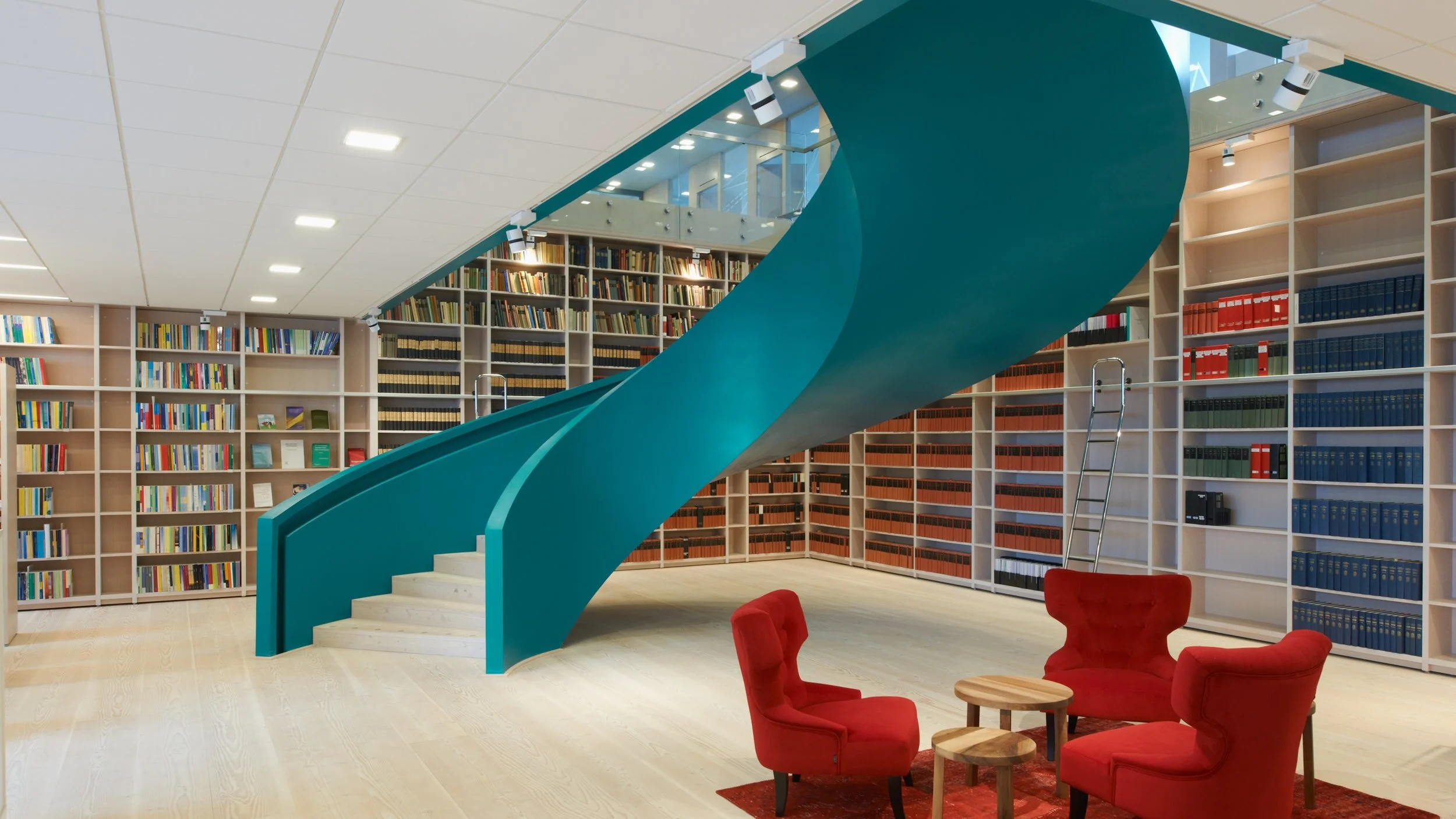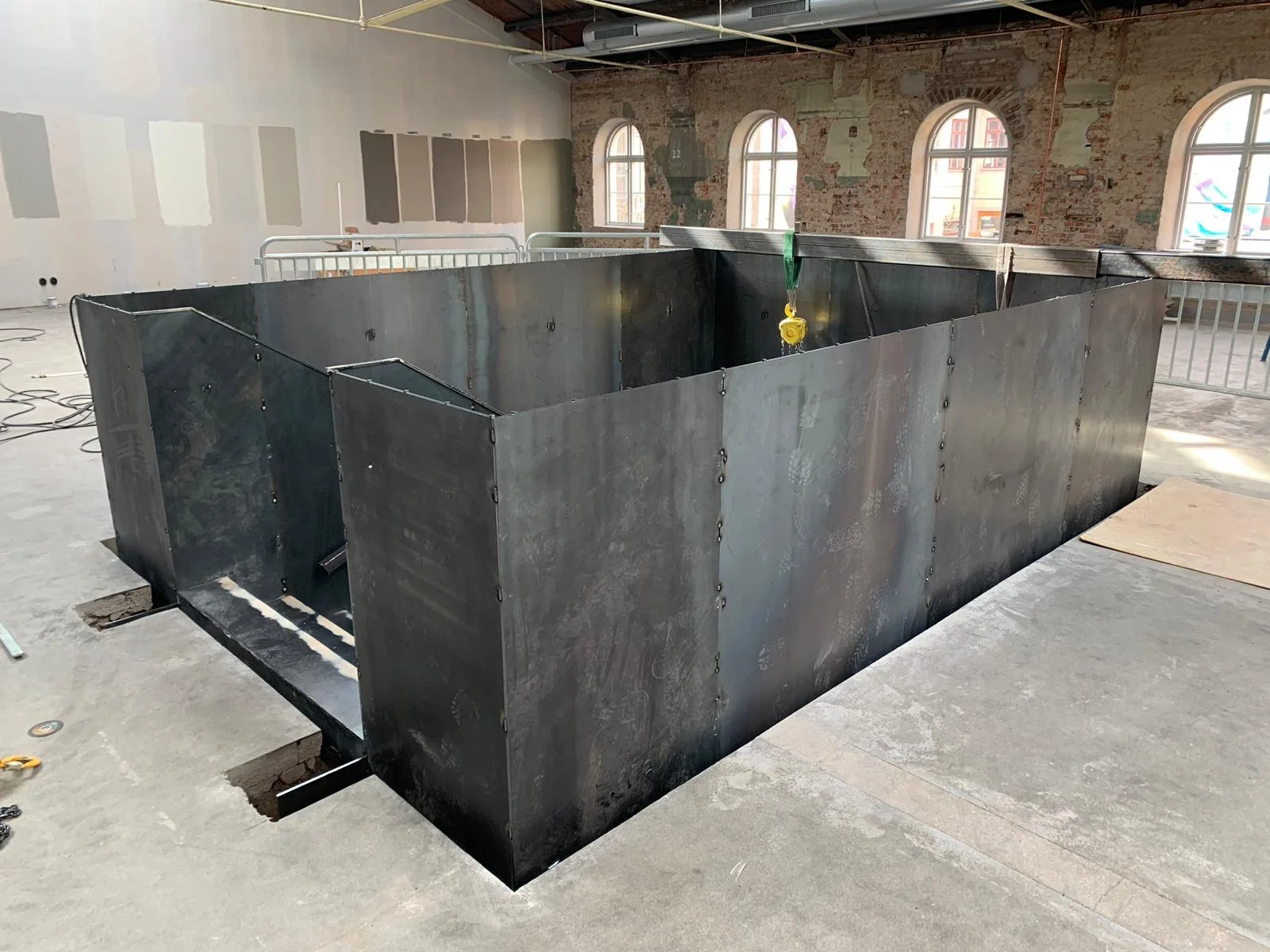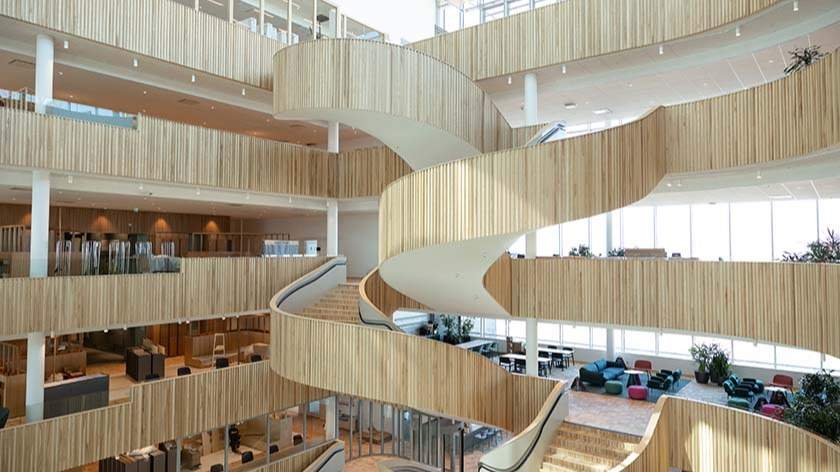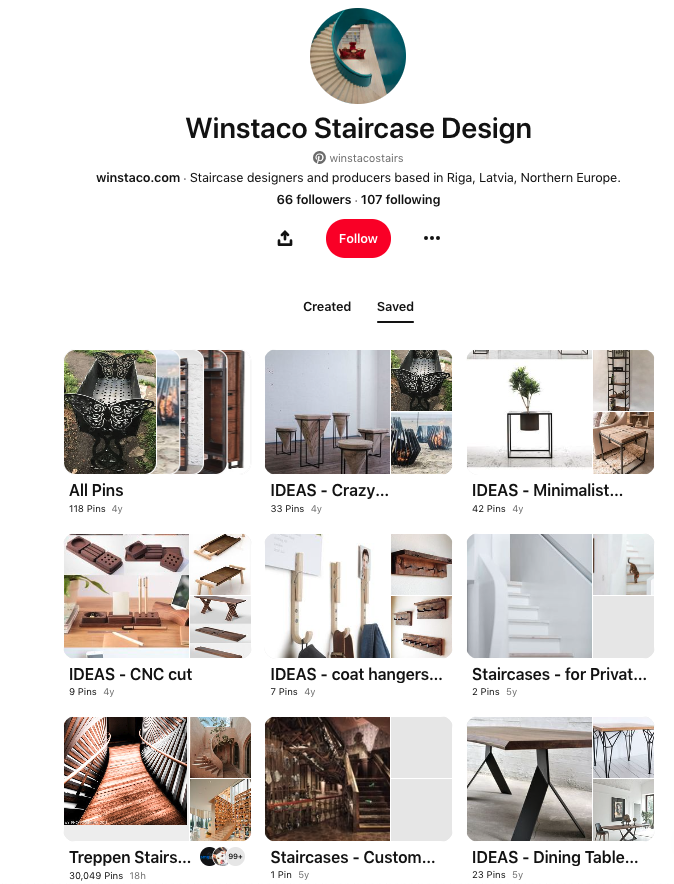In the dynamic world of commercial architecture, staircases play a pivotal role far beyond mere functionality. They serve as powerful design statements, contributing to the aesthetics, flow, and atmosphere of commercial environments. This article explores the multifaceted role of staircases in commercial design, demonstrating how they can transform spaces and influence user experiences.
Architectural Focal Points
In commercial settings, staircases often become the centerpiece of the design. With their ability to command attention, staircases are used strategically by architects and designers to create impactful visual statements. From grand, sweeping staircases in hotel lobbies to sleek, minimalist designs in office buildings, the staircase becomes a key architectural feature that defines the space.
Photo Credit: Arisa Chattasa
Enhancing Brand Identity
Staircases in commercial spaces also play a crucial role in reinforcing brand identity. Through materials, design, and craftsmanship, staircases can embody a brand’s values and aesthetic, whether it’s luxury, innovation, or sustainability. Custom-designed staircases tailored to reflect a brand’s unique identity can leave a lasting impression on visitors and clients.
Encouraging Movement and Interaction
Beyond aesthetics, staircases in commercial designs are pivotal in facilitating movement and promoting interaction. Thoughtfully placed and designed staircases can improve the flow of traffic, encourage exploration, and even serve as informal meeting points. In retail environments, an inviting staircase can draw customers to different levels, enhancing the shopping experience.
Integrating Function with Safety
In the commercial realm, the integration of function and safety in staircase design is paramount. Staircases must adhere to strict building codes and standards, ensuring safe passage for all users. This includes considerations for accessibility, ensuring that staircases are inclusive and navigable for individuals with disabilities. Balancing these practical requirements with design aspirations challenges architects to innovate and think creatively.
Sustainability and Eco-friendly Design
Sustainability has become a significant consideration in commercial staircase design, reflecting broader environmental concerns. The use of eco-friendly materials and sustainable construction practices not only minimizes environmental impact but also aligns with the values of socially responsible businesses. Sustainable staircases can contribute to LEED certification and other green building credentials, enhancing a building's reputation and appeal.
Conclusion
Staircases in commercial design are much more than structural necessities; they are integral elements that shape the identity, functionality, and aesthetic appeal of commercial spaces. Through strategic design and thoughtful integration, staircases can elevate the commercial environment, enriching the experiences of those who navigate them. As we continue to push the boundaries of design and technology, the role of staircases in commercial architecture is set to evolve further, promising even more innovative and inspiring creations.















